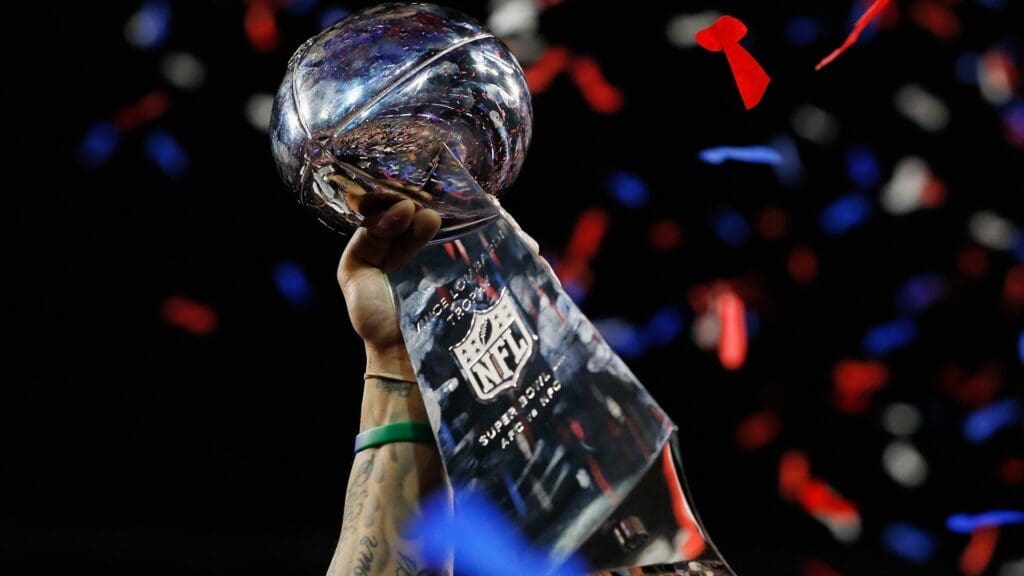How Great Marketing Helped Old Spice

The year was 2010. Body wash was a luxury, not a necessity. The market was growing by around 7% a year, but Old Spice was languishing. In the minds of consumers, the company and its offerings were old-fashioned — something your grandpa wore on his first date with your grandma.
Making a Splash
Then came Super Bowl XLIV between the New Orleans Saints and the Indianapolis Colts. Featuring two of the greatest quarterbacks in a generation, the big game drew a record-breaking audience of 106.5 million. And to that captive audience, Old Spice delivered “The Man Your Man Could Smell Like,” a campaign developed by ad agency Wieden+Kennedy.
The ad, simultaneously launched on YouTube, racked up 220,000 views in the few hours after the Super Bowl and kept climbing at 100,000 every few hours. At time of publishing, it was over 55 million. Comments were overwhelmingly positive.
Interactive Marketing Done Right
Months later, right when most big ad campaigns would be losing steam and losing attention, Wieden+Kennedy made their next big move: a series of videos wherein the Old Spice man, Isaiah Mustafa — previously a bit character in the occasional TV episode, now a sexy icon — would answer Twitter questions from individual users.
In 48 hours, the Old Spice man published 168 videos of around a minute each, addressing everyone from anonymous askers to Ellen DeGeneres by name, with the same signature baritone and wacky props that made the original ads so memorable. A crew of four writers, one camera operator, and one half-naked actor had seven minutes apiece to find questions, write answers, and shoot them — usually in one take.
Rising Straight to the Top
Six months later, sales had jumped 27%, and Old Spice had made over 1.4 billion impressions. They had the top commercial channel on YouTube, a 300% increase in web traffic, and were the best-selling men’s body wash brand in the country.
So how did they do it?
Dealing in Short, Snappy Content
82% of online users watch video online at least once a week, to the tune of 5.6 hours a week on average. Though Old Spice’s new campaign premiered during the Super Bowl — as traditional as video content gets — it was a mere 30 seconds, not the marathon ads that have become so common. Even the interactive clips launched a few months later were under a minute in length, with no rambling preambles or pitches. They were easy to shoot, easy to digest, and easy to share.
Keeping the Content Coming
If you only put out one ad, people will get bored. Some might not like it in the first place. By focusing on quantity over production value, Wieden+Kennedy was able to spread Old Spice’s message farther and wider.
“We try to make the best things we can, and we’ll get it as great as we can, but then we say, OK, next one,” said Craig Allen, a creative director at W+K. “It’s more about pumping out so many videos than it is about getting five that are absolutely perfect.”
Covering Every Channel
In 2010, if you wanted a video to get seen online, you had to put it on YouTube. If you wanted it to get spread, you had to put it everywhere else, too. With a big budget and an aggressive marketing team, Old Spice spread their ads on TV, in print, on Facebook, on Twitter, and on YouTube.
By putting their content all over the web, they guaranteed multiple touch points with their audience and racked up hundreds of millions of impressions. Their content was easy to find and share and quick to digest.
Trusting Their Marketing Team
The Super Bowl ad was a bold play from the beginning. It was manic, irreverent, and a huge departure from the brand image of Old Spice’s previous 70 years.
But even bolder was the series of follow-up videos that Old Spice released over two days, a few months later. With less than ten minutes to conceive and shoot each one, there was no time for client approval. The client, Old Spice, had to simply trust that W+K would execute the vision and tone that they had agreed upon.
Keeping the Focus on the Customer
Old Spice didn’t re-launch their product or change their formula when they aired “The Man Your Man Could Smell Like.” They focused on pull marketing rather than pushing, creating snappy content and genuinely delivering on a promise to interact with their customers, lessons every brand can follow.





